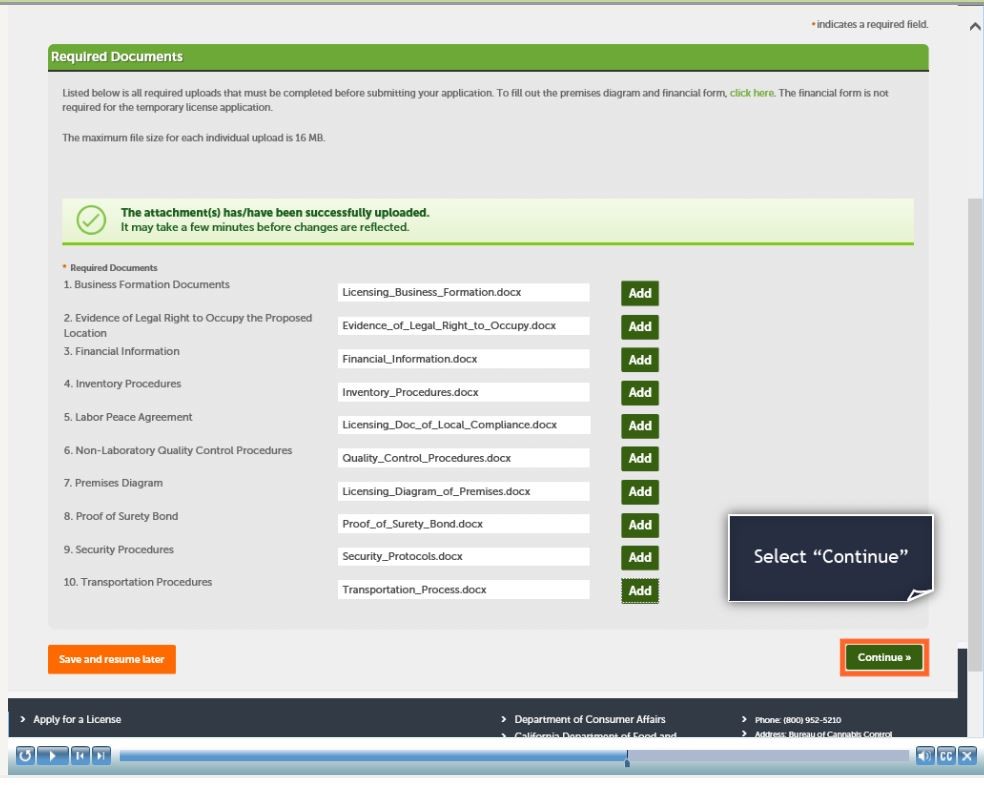Beginning once again is rarely simple! Particularly when you need to begin without any preparation and assemble everything back again

The staggering figure of anticipated annual growth in the cannabis industry of $50 Billion a year, over the next ten years, according to a recent Market Research report, is definitely, sufficient reasoning to invest time, money, and lots of effort towards success in this trending industry. Currently, there are six main fields in cannabis businesses requiring separate state licenses. Retailer, Retailer Non-store front, Distributor, Distributor- Transport Only, Microbusiness, and Testing.

The California Bureau of Cannabis Control (BCC) issues state licenses to retailers, distributors, and testing labs.
Licenses for growing marijuana are issued by the California Department of Food and Agriculture (CDFA).
Licenses to distribute marijuana in California are issued by the California Department of Public Health (CDPH) Manufactured Cannabis Safety Branch.
Although California have fully legalized the sale of recreational cannabis under California law, on January 1st, 2018, in order to legally sell retail cannabis, in addition to obtaining a license from the state of California, businesses must obtain licenses from local city or county.
Not all counties authorize the sale of cannabis within their borders. Local jurisdictions may prohibit the sale of cannabis altogether or may put their own conditions on it.
Under Medicinal and Adult-Use Cannabis Regulation and Safety Act (MAUCRSA) California permits cities and counties to decide for themselves locally if they will authorization cannabis businesses inside their borders (or even next to them in some situations), and if so, what type, how many and most importantly where they will be able to operate.
When you compare restriction zones for schools, parks, youth centers and other sensitive uses with the map of applicable zoning, parcels that actually can be utilized for initiating a cannabis business are quite limited. The impact of this shortage increases exponentially, resulting in rents and prices of the available parcels. When an applicant is paying rent through a lengthy approval process, much of a small business’ startup funds can be exhausted.
Bureau of Cannabis Control (Bureau) provides a wealth of useful information in a professionally arranged portal. The portal provides verity of features to include online interactive tutorial course, and online application on licensing and other essential paperwork. Visiting this portal and familiarizing with it, is definitely essential for all in the cannabis business in California State.

In case a business chooses to apply for an annual retailer license, a tentative list of required supporting documents include: Business formation Document, Evidence of Legal Right to Occupy the proposed Location, Financial Information, Inventory Procedures, Labor Peace Agreement, Non-Laboratory Quality Control Procedures, Premises Diagram, Proof of Surety Bond, Security Procedures, and finally Transportation Procedures.
According to State licensing guidelines (SECTION I – REQUIRED ATTACHMENTS/DOCUMENTS): Applicants are required to provide a diagram of the premises, which must be drawn to scale and clearly identify the following:
All those to what to apply must gear up for a tight competition. In addition to State License, must vigilantly plan to obtain licenses from local city or counties planning to start a business. We hope that these tips could have helped you plan more wisely. Allow us to team with you early in the game.
About Author
InnoDez